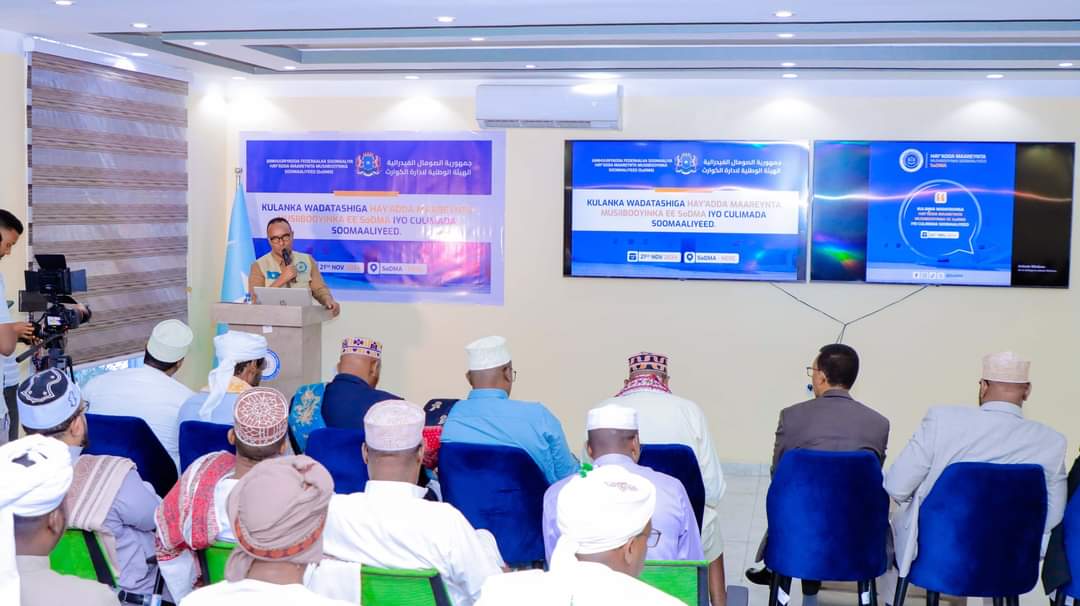Ethiopia is an attractive destination for private capital due to its large population, abundant natural resources, and strategic location in East Africa. From 2004-2015, real economic growth in Ethiopia accelerated to 10.2% per annum, thanks in large part to a public investment-led growth model implemented since the mid-1990’s. However, from 2016-2021 the country saw growth decelerate to 7.8% per annum due to a series of macroeconomic challenges including foreign currency scarcity, mounting debt, and inflation, in addition to structural bottlenecks. To address these challenges and regain the growth momentum, the Government of Ethiopia is rightly transitioning towards a private sector-led growth model, by stimulating private sector investment and participation in the economy.
For several years, Ethiopia has been a recipient of development aid and concessional loans from international donors and financial institutions, which have helped finance critical infrastructure and social programs. However, the current leadership recognizes that traditional development assistance alone is not sufficient to achieve sustained economic growth and development. The country’s balance sheet is stretched due to exogenous factors including those stemming from the Russian invasion of Ukraine, and endogenous factors such as conflict and instability. Therefore, instead of a state-led model of development, Ethiopia should mobilize private capital to finance critical infrastructure, generate tax revenues, promote exports, create jobs and improve living standards.
Blended finance offers a viable pathway to this end. Blended finance is a financial structuring approach that combines public, philanthropic, and private capital to finance pro-poor investments that support sustainable development. It has gained traction in recent years as a means to leverage different types of funding to achieve development objectives, particularly in countries where traditional sources of financing may be limited or insufficient.
The Ethiopian Government’s Ten Year (2021-2030) Development Plan, ‘A Pathway to Prosperity,’ prioritizes agriculture, energy and financial services as a means to double per capita income by 2030. This represents as opportunity- according to Convergence, the global network for blended finance, these three sectors account for the largest share of blended finance transactions (>70%) to date, making the country’s priorities especially well aligned with the existing blended finance market.









